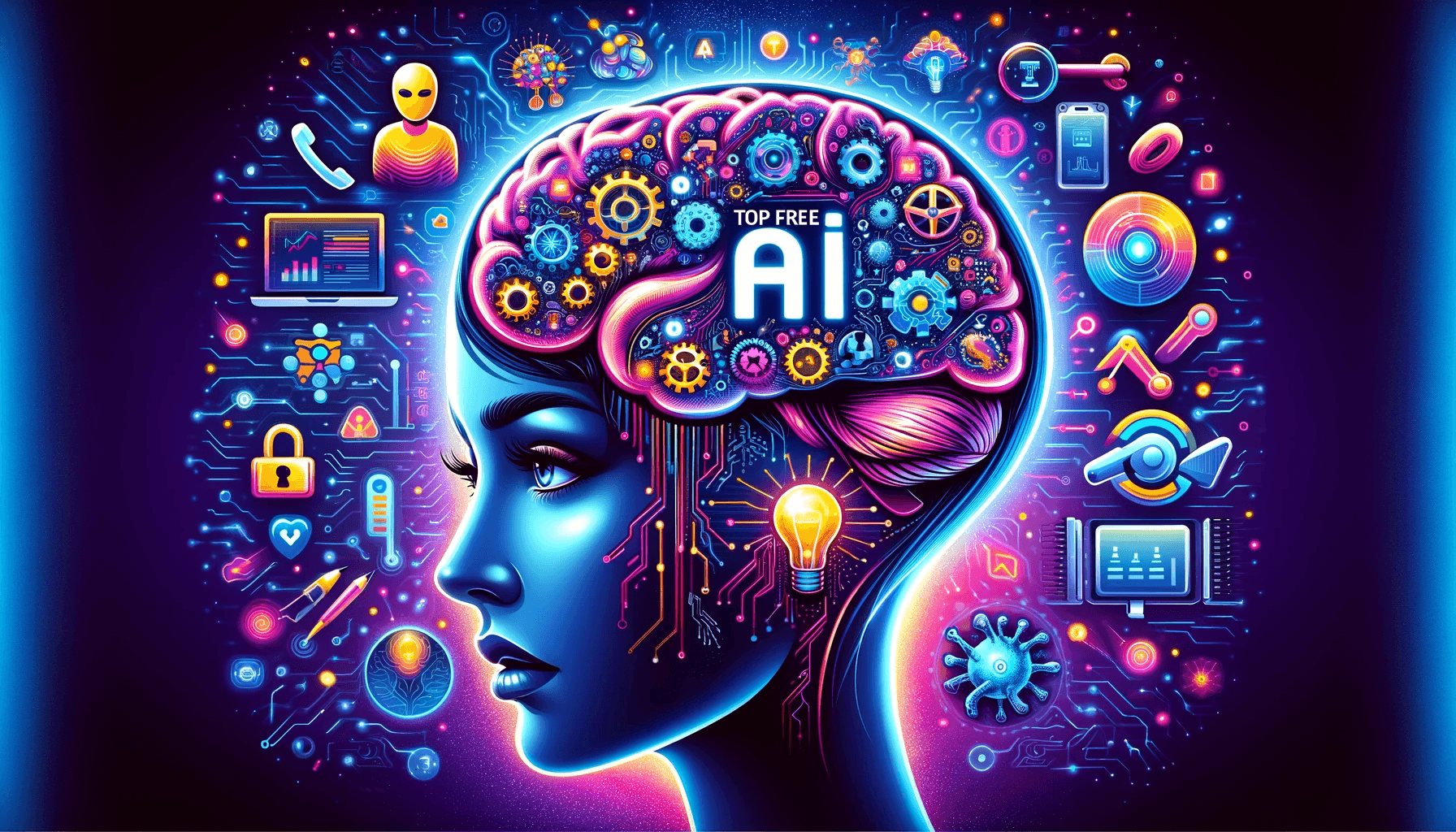Artificial Intelligence (AI) is making waves in the music industry, from composing original scores to remixing classics and personalizing listener experiences. By exploring real-world case studies, we can better understand how AI is being used in music production, performance, and consumption—along with the benefits and challenges it brings.
What Does AI in Music Look Like?
AI in music leverages machine learning, neural networks, and data analytics to generate, assist, or enhance musical content. These technologies can analyze vast musical datasets, recognize patterns, and even mimic specific genres or artists to create new compositions.
Key Case Studies in AI and Music
1. AIVA – The AI Composer
Use Case: Film scores, video game music, and commercial compositions
AIVA (Artificial Intelligence Virtual Artist) is one of the earliest AI systems recognized as a music composer. Trained on classical works by great composers like Bach and Beethoven, AIVA can create original symphonic compositions. It’s used by content creators who need royalty-free, mood-specific music quickly.
Impact: AIVA showcases how AI can produce emotionally resonant and technically sophisticated music, offering a practical solution for content creators on tight budgets.
2. Amper Music – Democratizing Music Creation
Use Case: Enabling non-musicians to compose soundtracks
Amper is an AI-powered music platform that allows users with no musical background to create professional-quality soundtracks by simply selecting mood, genre, and duration. It’s widely used in advertising, podcasting, and video production.
Impact: Amper lowers the barrier to entry for music production, giving individuals and small businesses access to custom music without hiring a composer.
3. Endlesss – AI in Live Collaboration
Use Case: Real-time music jamming and remixing
Endlesss is a collaborative music platform that combines human creativity with AI-assisted looping and beat generation. Artists can co-create music in real time from different parts of the world, with AI suggesting loops, melodies, and rhythms.
Impact: Endlesss highlights AI’s role in social and collaborative music-making, enhancing creativity without replacing the human touch.
4. OpenAI’s MuseNet – Style and Genre Blending
Use Case: Multi-instrumental compositions in different styles
MuseNet, developed by OpenAI, can generate 4-minute compositions using up to 10 instruments in styles ranging from classical to jazz to pop. It can even blend genres—for example, composing a Mozart-style piece with a Beatles twist.
Impact: MuseNet demonstrates how AI can stretch the boundaries of musical imagination, offering composers new ways to experiment with sound.
5. Spotify’s AI – Personalization and Discovery
Use Case: Music recommendation and playlist curation
Spotify uses AI algorithms to analyze user behavior and preferences to generate personalized playlists like “Discover Weekly.” It employs deep learning to match listening patterns with musical features such as tempo, key, and mood.
Impact: Spotify’s use of AI revolutionized music discovery, helping users find new artists while boosting streams for lesser-known musicians.
Challenges Observed in These Case Studies
- Creative Authorship: When AI contributes significantly to a track, questions about who owns the music—AI, developers, or users—remain unresolved.
- Lack of Emotional Intuition: While AI can mimic styles and structures, some argue it still lacks the soul and intentionality of human-made music.
- Ethical Use of Training Data: Many AI models are trained on copyrighted music without clear permissions, raising concerns about intellectual property rights.
Conclusion
These case studies highlight the transformative potential of AI in music—from composition and collaboration to distribution and discovery. While AI enhances accessibility and creativity, it also brings ethical, legal, and emotional questions that the industry must navigate thoughtfully. As AI tools continue to evolve, so too will the definition of music and the role of the human artist within it.







Leave feedback about this